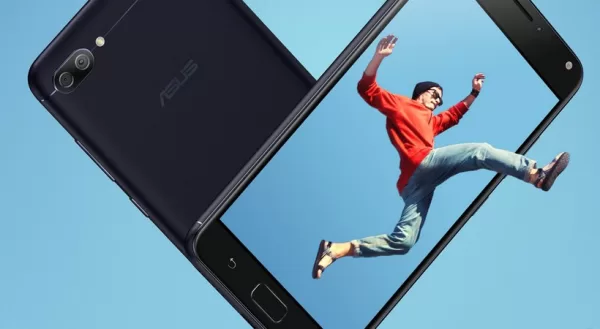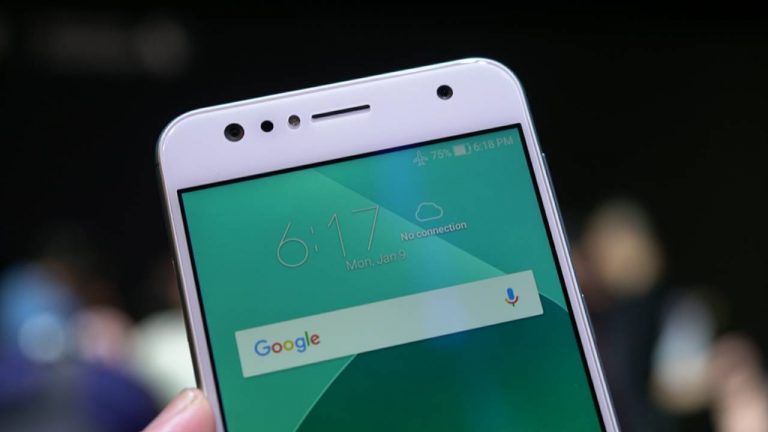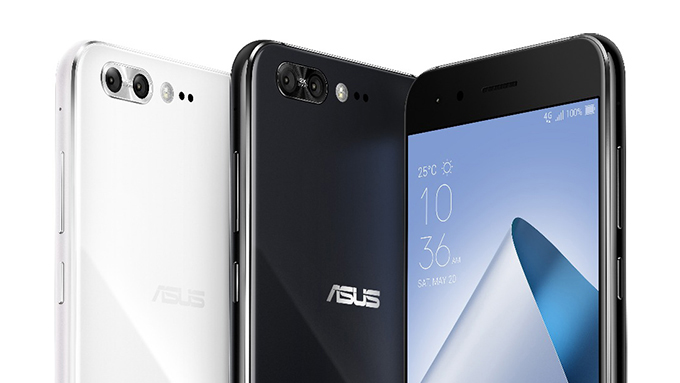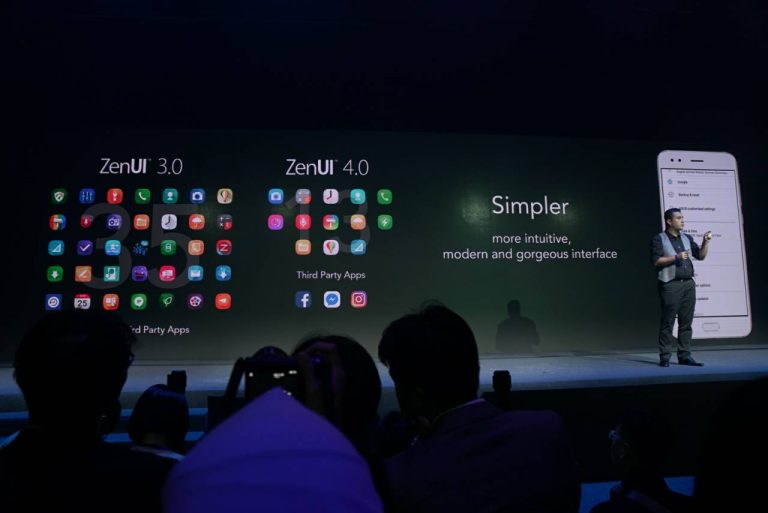A Focus on Photos, the Zenfone 4 is all about the love for Mobile Photography
Can ASUS gain more marketshare with their renewed focus on mobile photography?

ASUS has always had an eye for mobile photography. Ever since the first Zenfone Zoom came out, the company has dabbled in trying to up the ante on their mobile optics every new series.
One of the best that came out from them was last series, Zenfone 3 Zoom, something that we took with us along our trips and enjoyed them thoroughly. This year, ASUS seems to continue their pursuit of great mobile photos with the launch of the Zenfone 4 Series.
While they outed the usual flagship models, the focus this year seems to be centered on the Selfie Phones namely Zenfone 4 Selfie and Zenfone 4 Selfie Pro (a new addition to ASUS’s many phone variant). Even the ASUS Zenfone4 Max, with it’s whopping 5000mAh battery has decent phone optics.
The change in campaign direction is truly felt this year. Last year’s In Search of Incredible, while all-encompassing, is broad enough and arbitrary enough to mean practically anything. It’s saying something without really saying something. This year however, with the strict focus of We Love Photos, you pretty much know where ASUS, particularly the Zenfone, want to play.
DUAL CAMERAS ARE NOW THE STANDARD
Dual cameras on smartphones isn’t new, but dual cameras on all your smartphone line? Well, that’s pretty wild. Regardless if the focus of the smartphone is the rear camera (ASUS Zenfone 4, ASUS Zenfone 4 Pro, ASUS Zenfone Max) or front camera (ASUS Zenfone 4 Selfie, ASUS Zenfone 4 Selfie Pro), ASUS made sure to equip each Zenfone 4 (or at least the ones revealed) with a dual cam setup.
The Zenfone 4 Selfie in particular has a unique front camera design where the cameras are placed on the opposite ends of the phone.

Img source from Unbox.ph
SNAPPY PROCESSORS
Megapixels and camera sensors alone isn’t enough to ensure that you get the best mobile photography experience out of your smartphones, optimized processor and power is, most often, key. With the Zenfone 4 line, ASUS will be making use of the Qualcomm Snapdragon 600 Series (630 and 660) and its 800 series (835) for their more premium line. ASUS has worked with Qualcomm in ensuring that these processors can help manage and optimize the photos taken with the Zenfone 4 lines’ dual-camera system.
LEANER ZEN UI
One of the complaints of Zenfone users is how bloated the Zen UI used to be. As someone who used to have a Zenfone 2 Laser 6.0, I’ve experienced weekly UI updates because ASUS kept on optimizing all the proprietary programs on my unit. With Zenfone 4, it seems ASUS finally gave in and trimmed down a whole lot of excess fat from their current ZenUI setup.
It seems that the ZenUI 4.0 will extend to Zenfone 3 users as well. For more on the ZenUI 4.0, our sister site, Unbox has a more extensive coverage of that. You can find it HERE.
ZENFONE FOR ALL
The Zenfone 4 series covers everything from low-mid to high-end range smartphones perfect for anyone on any budget. Here’s the Philippine prices for the units:
Zenfone 4 Max – Php 9,995
Zenfone 4 Selfie – Php 13,995
Zenfone 4 Selfie Pro – Php 18,995
Zenfone 4 – Php 28,995
Zenfone 4 Pro – Php 39,995
Stay tuned for more stories on the ASUS Zenfone 4





